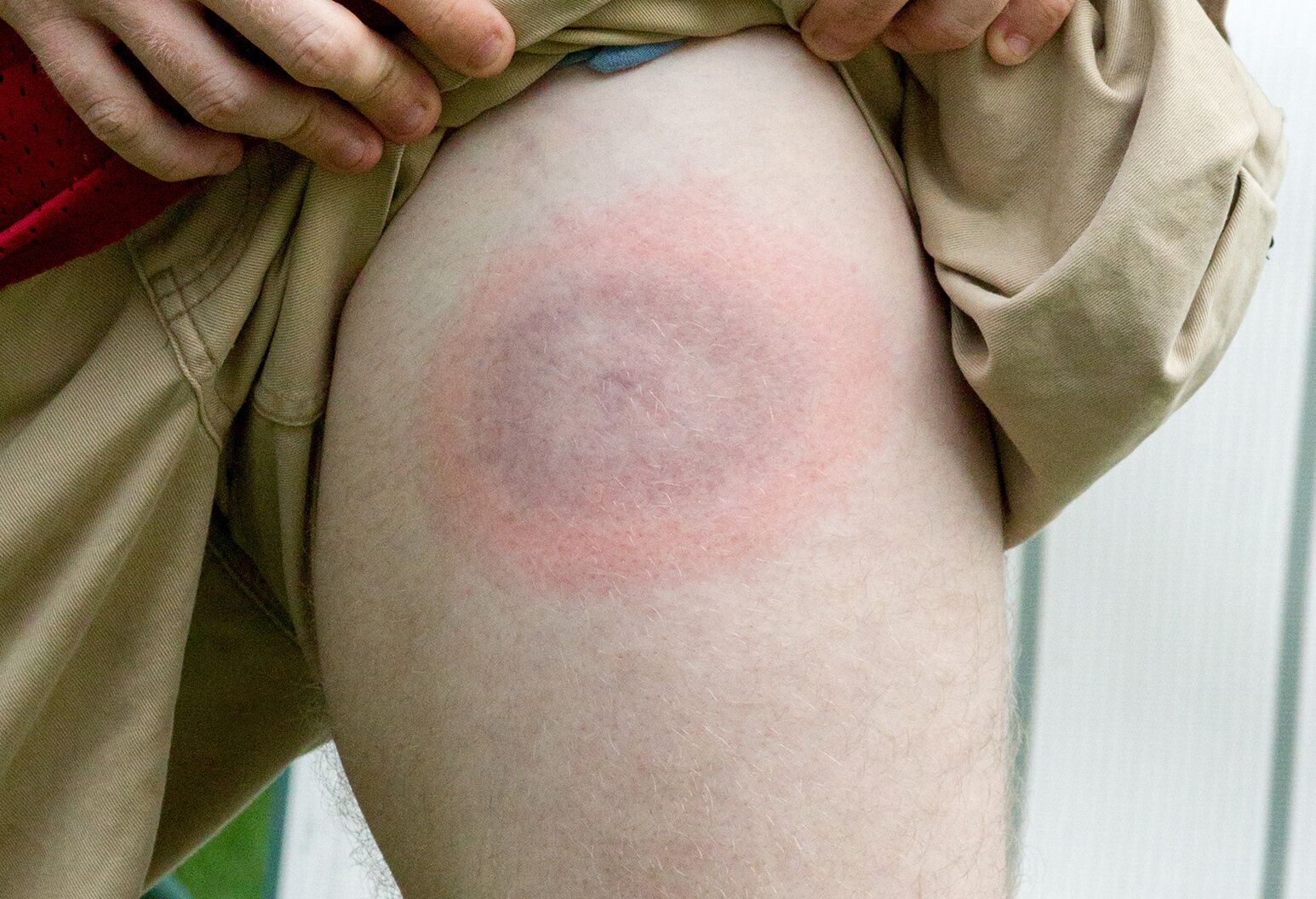Recognizing the Goal of the Lymecare Alliance for Lyme Advocacy
Recognizing the Goal of the Lymecare Alliance for Lyme Advocacy
Blog Article
Recognizing Lyme Condition-- Important Awareness for Prevention
Lyme condition remains a significant public wellness concern, mainly transmitted via the attacks of contaminated ticks, especially in areas with thick greenery. The very early identification of Lyme disease is important, yet many people remain uninformed of its indications or the environments that position the greatest risk.
What Is Lyme Condition?
If left unattended, Lyme illness can progress to extra severe stages, possibly affecting the joints, heart, and worried system. The illness can be challenging to identify, as its signs can imitate those of various other illnesses.
Prompt recognition and therapy are crucial in handling Lyme disease and preventing complications, with early antibiotic treatment usually leading to favorable end results.
Just How Lyme Illness Spreads
Lyme illness primarily spreads with the bite of infected black-legged ticks, additionally called deer ticks, which lug the bacterium Borrelia burgdorferi. These ticks are commonly located in woody or grassy locations, frequently living on bushes or low vegetation. They require a blood dish from a host, such as animals or humans, to prosper and recreate.
Transmission usually takes place when ticks attach to the skin and stay for a long term duration, normally 24 to 48 hours. The danger of infection raises with the period of attachment, as the bacterium is transferred from the tick's saliva right into the host's blood stream. Ticks can be active throughout warmer months, particularly in springtime and summertime, making outside tasks a potential threat for exposure.
While black-legged ticks are the primary vectors, other varieties, such as the Western black-legged tick, can additionally transmit Lyme illness. It is important to be cautious in areas where ticks prevail. Preventative measures consist of using safety garments, using tick repellents, and conducting comprehensive tick checks after outdoor tasks to minimize the chance of attacks and succeeding transmission of Lyme condition.
Signs and Diagnosis
Acknowledging the signs and symptoms of Lyme disease is critical for timely diagnosis and therapy, as very early treatment can dramatically impact healing. The most recognizable early sign is the erythema migrans breakout, which appears as a round, red lesion with a central cleaning, often appearing like a "bull's- eye." This rash commonly creates within 3 to thirty days after a tick bite and might be accompanied by flu-like symptoms such as high temperature, chills, tiredness, muscle aches, and migraines.

Diagnosis of Lyme illness largely counts on medical assessment, considering the client's signs and symptoms and potential direct exposure to ticks in native to the island areas. Laboratory examinations, right here including enzyme-linked useful source immunosorbent assays (ELISA) complied with by Western blot examinations, can support the medical diagnosis but are not definitive in early-stage Lyme illness. Motivate acknowledgment and diagnosis are necessary for initiating ideal antibiotic therapy, which is most efficient when administered early in the disease program.
Avoidance Strategies
Protecting against Lyme illness calls for an aggressive approach, especially for people who invest time in areas where ticks are prevalent. In addition, tucking pants right into socks and using tick-repellent items including DEET or permethrin can significantly reduce the danger of tick attachment.
Regularly checking oneself, kids, and pets for ticks after exterior tasks is crucial. Ticks must be without delay gotten rid of utilizing fine-tipped tweezers, comprehending them as near the skin's surface area as possible. It is advisable to shower within 2 hours of returning inside, as this can aid get rid of ticks prior to they connect.

Treatment Choices
Reliable management of Lyme disease hinges on Recommended Site prompt and appropriate therapy choices, which primarily involve antibiotic therapy. Early local Lyme condition is typically treated with dental antibiotics such as doxycycline, amoxicillin, or cefuroxime axetil for a duration of 10 to 21 days.
In situations of very early disseminated Lyme disease, where neurological or heart signs may occur, a much longer program of dental anti-biotics or intravenous antibiotics may be warranted. For individuals experiencing relentless signs after initial therapy, called Post-Treatment Lyme Condition Syndrome (PTLDS), a more intricate management approach may be called for. This can involve a multidisciplinary approach, attending to not just the physical symptoms yet likewise emotional aspects, as fatigue and cognitive troubles prevail.
It is vital for clients to take part in open communication with their health care companies to customize therapy strategies to their specific requirements, making certain the most effective feasible end results in the monitoring of Lyme disease.
Verdict
Lyme disease positions significant health threats mostly due to its transmission using infected black-legged ticks. Continued recognition and education and learning about Lyme condition are important in minimizing its influence, thus promoting much healthier areas and securing public health against this pervasive tick-borne illness.
Lyme illness mostly spreads through the bite of contaminated black-legged ticks, likewise recognized as deer ticks, which lug the germs Borrelia burgdorferi. Lymecare Alliance.While black-legged ticks are the main vectors, various other varieties, such as the Western black-legged tick, can also send Lyme disease. Preventative actions include wearing safety clothes, using tick repellents, and performing extensive tick checks after outside activities to reduce the likelihood of bites and subsequent transmission of Lyme condition
Medical diagnosis of Lyme condition largely relies on professional evaluation, taking into account the patient's symptoms and potential exposure to ticks in native areas.Lyme illness presents substantial health dangers mostly due to its transmission through infected black-legged ticks.
Report this page